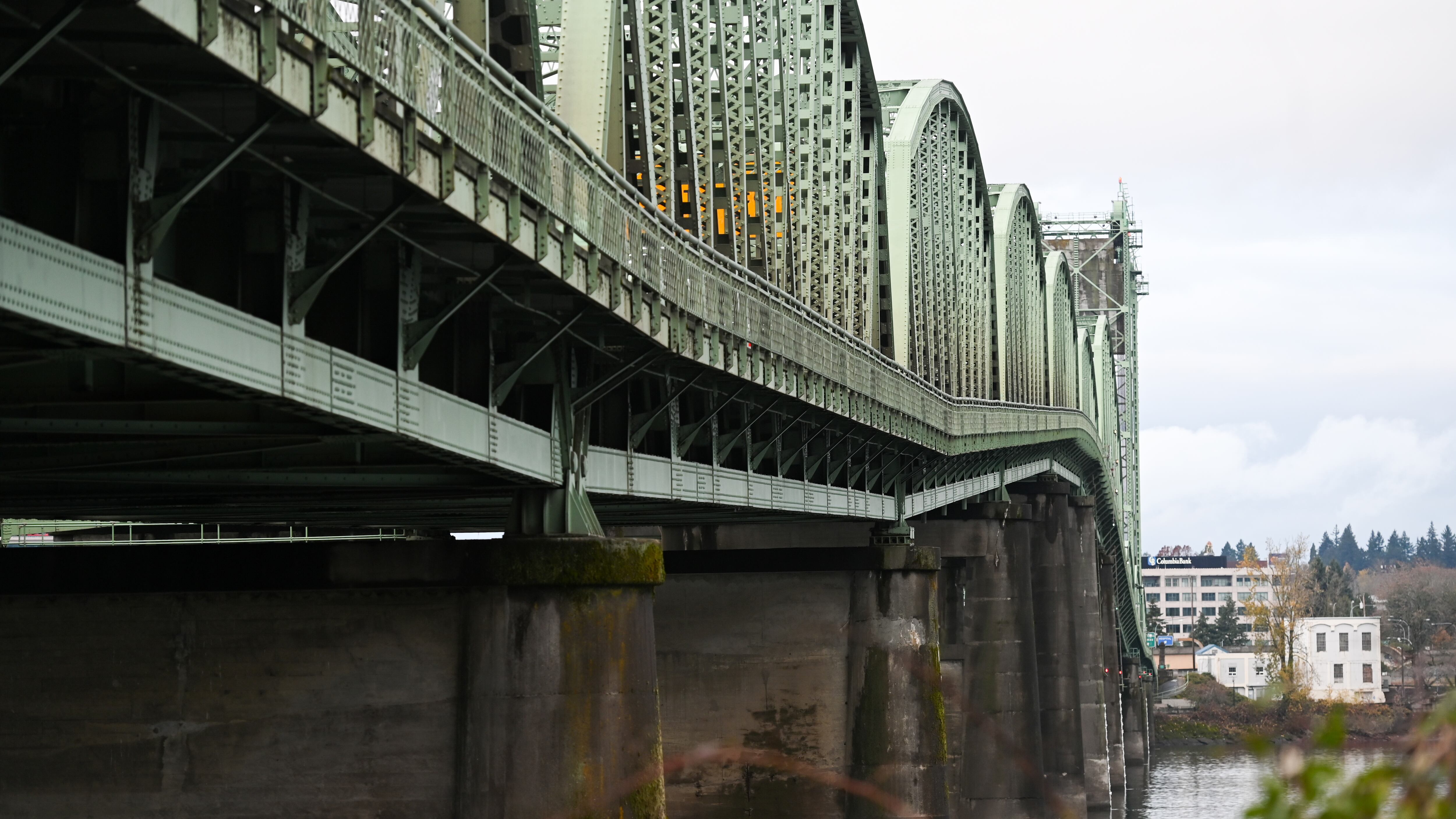At a Feb. 9 community advisory meeting, Greg Johnson, the engineer heading up the $7.5 billion Interstate 5 bridge replacement project, dropped big news: “We are looking at a bridge configuration of a single level,” Johnson told the group.
Critics say that marks a major departure from the double-deck stacked “locally preferred alternative,” or preliminary design. That LPA consists of two bridges with vehicular traffic on the top decks and light rail, bicycle and pedestrian capacity on the lower decks.
Johnson now says the right solution might be one large single-deck bridge.
Critics oppose the double-decked design, which they say is too steep and too expensive. Until now, their pleas have fallen on deaf ears.
Portland economist Joe Cortright says he’s both perplexed and pleased by the sudden flexibility.
“This latest—and very late—change to the project design is an indication that it’s not too late to fix the fatal flaws in this project,” he says. “Right now, the fatal flaws revolve around its bloated design and price.”
Johnson says his group is simply evaluating all possibilities.
“The bridge configuration has not yet been determined, and a single-level bridge was never eliminated from consideration,” he says. ”We are looking at multiple options for bridge configuration so we can maximize efficiencies by understanding the range of impacts and benefits.”

